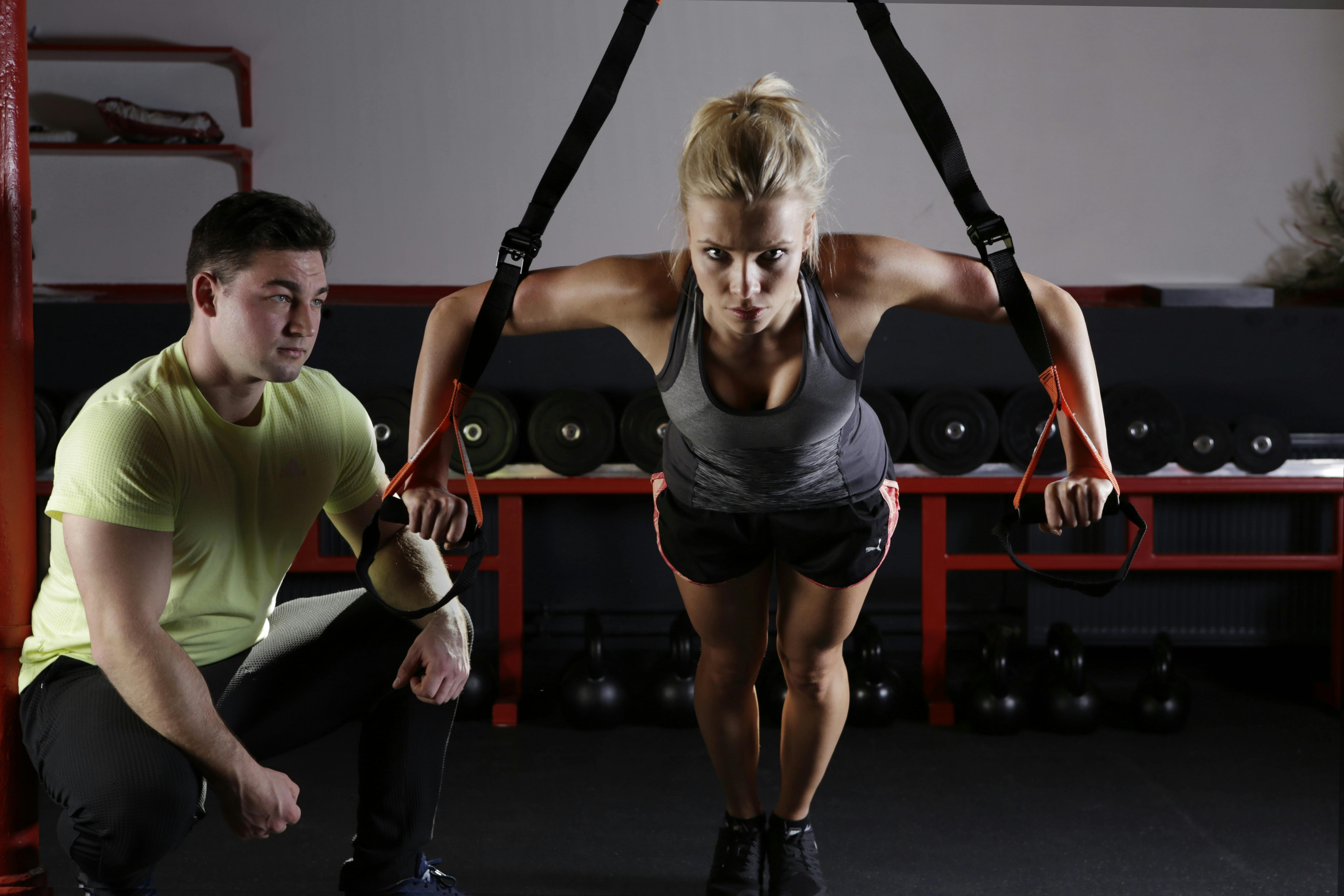When buying socks, some people get confused by the terms “compression stockings” and “support socks”. For most distributors and manufacturers, these terms are used interchangeably, as are compression socks and support stockings. What stands out, however, is that these items have many differences from a normal sock. Here’s a guide to some of the more pronounced differences.
Medical benefits
The most important difference is that support stockings have medical benefits. They provide reliable compression therapy for swollen and tired legs, as well as those with poor circulation and risk of blood clots. Although it is not necessary for people to have a prescription to use them, it is best to seek medical advice from a healthcare professional before using them. The best type, size, and regimen of use are individual for each person, so a medical professional can help distinguish the best health benefits.
Material
Regular socks can be made from almost any material, from wool to cotton to nylon. Compression stockings can be made from different mixes of materials, although they must have some element of elasticity to provide compression support.
To fit in
It is important that wearers are measured to determine the proper fit. Unlike regular socks and stockings, which are typically chosen based on shoe size, measurements of the length and width of the ankles, knees, and feet influence the fit and effectiveness of the garments. A poorly fitting support sock can affect its beneficial medical properties. A certain amount of compression begins at the bottom of the ankle and gradually changes as the garment moves up the leg.
Length
When most people think of a sock, they imagine a sock standing up, ankle length, calf length, or knee length. Which regular type to choose is usually a matter of fashion and personal comfort. Calf-length support stockings are common for diabetics and athletes. Compression socks are typical of knee, thigh and waist high compression socks. There are also monkeys that offer compressive properties. The height is chosen to cover the area where additional circulation or support is needed.
Opacity
Not all compression stockings are opaque. There are brands that offer more transparent looks that are more like a trouser sock. Some patients prefer thicker socks to cover blemishes and discoloration due to varicose veins, thrombophlebitis, and other medical conditions. Everyday socks are usually solid, although everyday nylons are usually sheer and can be seen through.
Easy to find
Although regular socks can be purchased almost anywhere clothing is sold, including department stores, drug stores, mini-marts, and online, compression stockings are harder to find. Support stockings can be found online through a compression garment dealer and can be ordered by the individual. They can also be ordered in a special way through a health professional and through a pharmacy.
